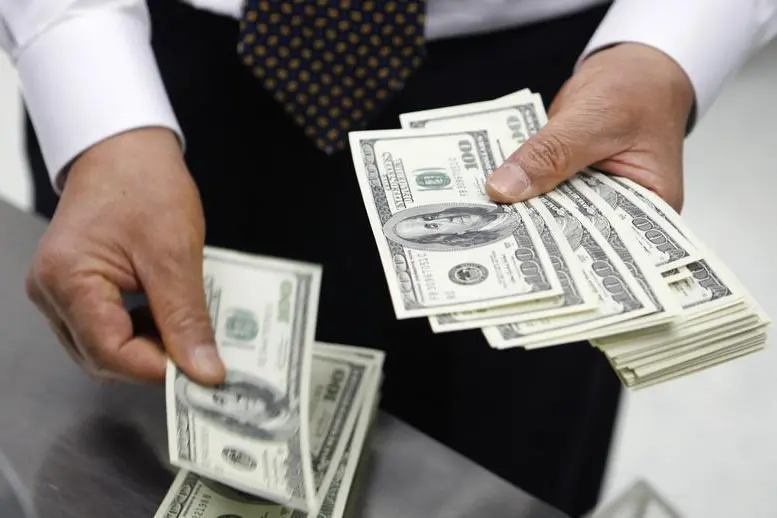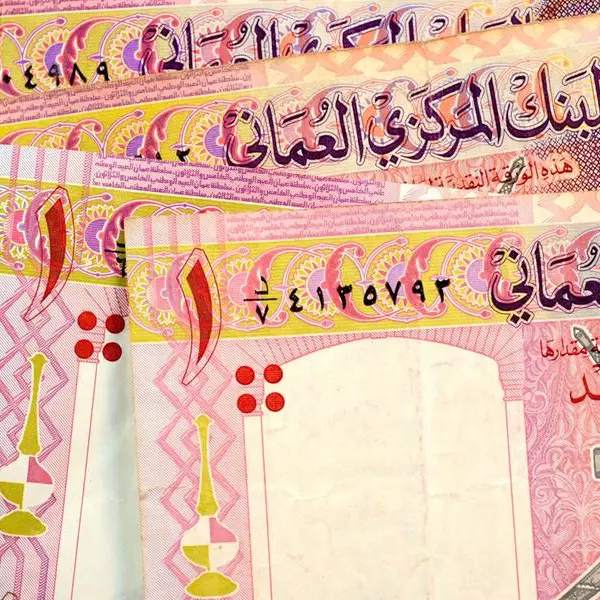PHOTO
LONDON/SINGAPORE - The U.S. dollar edged higher on Friday and was heading for its biggest weekly gain since February.
The euro was down marginally against the dollar at $1.091, after falling to its lowest since April 11 the previous day at $1.09.
Analysts said that the dollar may have benefited from its status as a safe-haven investment this week, with the U.S. debt ceiling standoff and some further worries about banks unnerving investors.
Shares in U.S. lender PacWest plunged 23% on Thursday after revealing a sharp drop in deposits.
They also said the dollar was likely just rebounding after a period of weakness.
"We are entering a more defensive state generally," Carl Hammer, chief strategist at European bank SEB, said.
The dollar index was very slightly higher at 102.11 on Friday, on its way to a weekly gain of 0.84%.
But the overall trend for the greenback remained down. It has fallen more than 11% since hitting a 20-year high last year and has slipped in seven of the last nine weeks.
A sharp slowdown in U.S. inflation has been a key driver, as has Europe's better-than-expected economic performance, which has pushed up the euro.
U.S. consumer price index (CPI) inflation cooled to 4.9% year-on-year in April, data showed this week. On Thursday, data showed that weekly jobless claims rose more than expected, in the latest sign of a slowing employment market.
Many analysts expect the Federal Reserve to hold interest rates at the 5% to 5.25% level it raised them to last week.
The pound rose 0.06% on Friday to $1.252, after falling 0.9% on a day of dollar strength on Thursday.
The Bank of England hiked rates by 25 basis points to 4.5% on Thursday. Data on Friday showed the British economy grew 0.1% in the first quarter.
Against the Japanese yen, the dollar was up 0.13% to 134.72 on Friday.
Adam Cole, chief currency strategist at RBC Capital Markets, said he disagrees with the dominant market view that the dollar is likely to keep falling.
"We're not convinced that this is a sustainable trend yet." he said. "We'll have periods when the dollar does well and the dollar does badly."
The New Zealand dollar was one of the biggest movers, falling 0.83% to $0.624, after data showed business managers expect inflation to ease over the next two years.
(Reporting by Harry Robertson and Ankur Banarjee; Editing by Andrew Heavens)





















